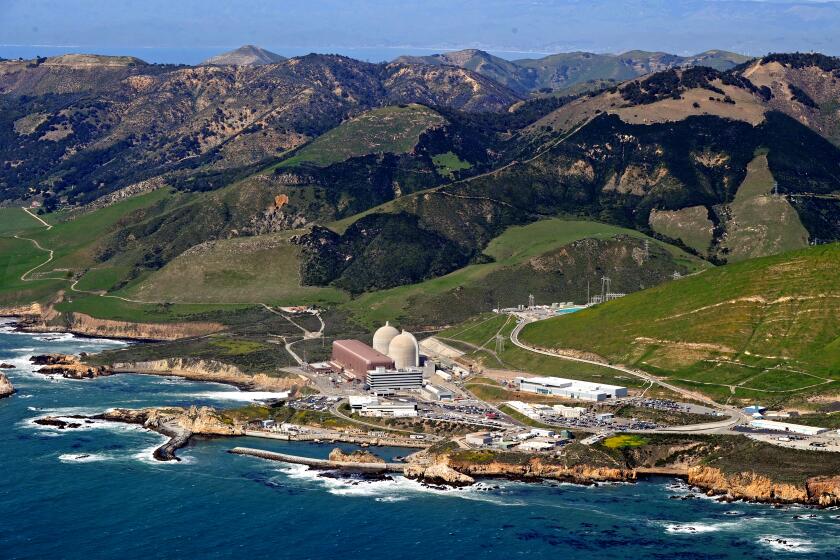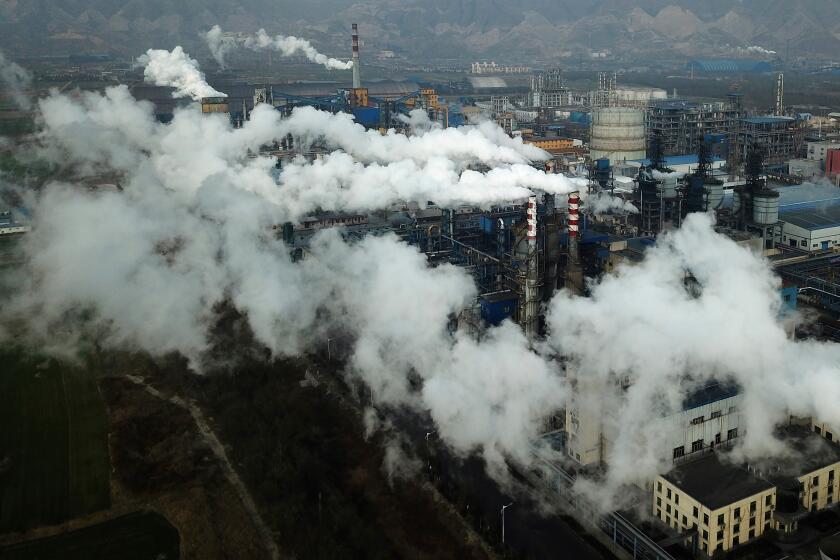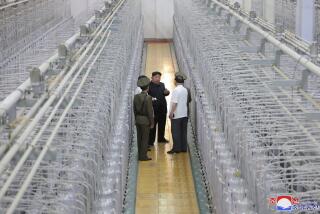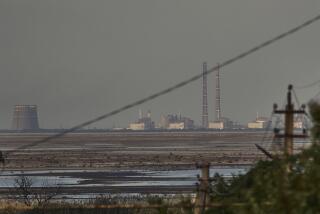China says fuel rods damaged at nuclear plant near Hong Kong, but no radiation leak
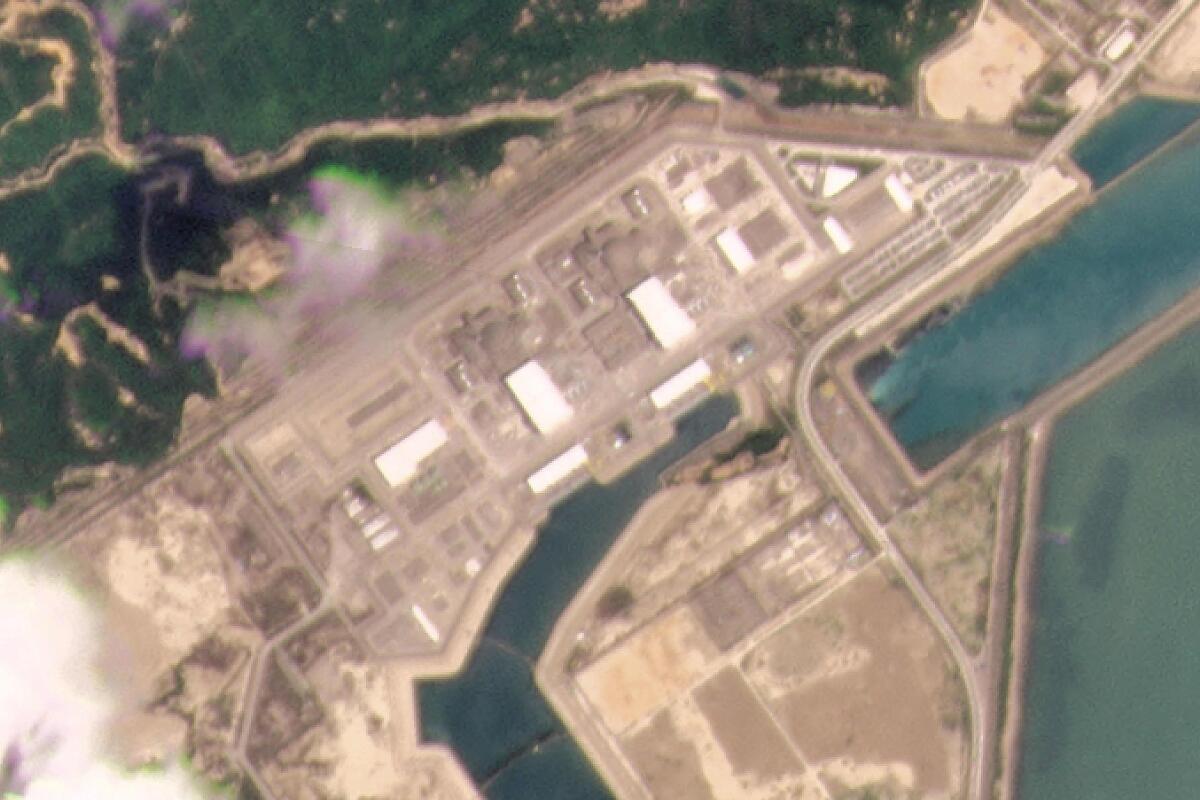
- Share via
BEIJING — A nuclear power plant near Hong Kong had five broken fuel rods in a reactor, but no radioactivity leaked, the Chinese government said Wednesday in its first confirmation of the incident, which prompted concern over the facility’s safety.
Radiation rose inside the No. 1 reactor of the Taishan Nuclear Power Plant in southern China’s Guangdong province but was contained by barriers that functioned as expected, the Ministry of Ecology and Environment said on its social media account.
The Hong Kong government said it was watching the plant and asking officials in Guangdong for details after the facility’s French co-owner Monday reported increased “noble gases” in the reactor. Experts said that suggested fuel rods had broken and leaked radioactive gas produced during the fission process.
Noble gases such as xenon and krypton are byproducts of fission along with particles of cesium, strontium and other radioactive elements.
“There is no problem of radioactive leakage to the environment,” the ministry statement said. It said radiation in the reactor coolant increased but was within the “allowable range.”
The protective envelope on about five of the reactor’s 60,000 fuel rods is damaged, the ministry said. It said such damage was inevitable because of manufacturing and other problems but was well below the level the facility was designed to cope with.
Diablo Canyon is the state’s largest clean energy source. Will emissions rise after it closes?
The ministry said regulators would oversee measures to control radiation levels within the reactor but gave no details.
The Taishan plant, which began commercial operation in December 2018, is owned by China Guangdong Nuclear Power Group and Electricite de France. A second reactor began operating in September 2019.
They are the first of a new type called European Pressurized Reactors designed by Framatome, of which Electricite de France is the majority owner. Two more are being built in Finland and France.
The ministry denied a report by CNN that regulators had increased the level of radiation allowed outside the power plant to avoid shutting it down. The ministry said regulators reviewed a report about higher radiation levels in the reactor.
China, Japan and South Korea are the biggest funders of coal-fired power plants worldwide. Persuading them to stop will be a major challenge.
China is one of the biggest users of nuclear power and is building more reactors at a time when few other governments plan new facilities because the cost of solar, wind and other alternatives is plunging.
Chinese leaders see nuclear power as a way to reduce air pollution and demand for imports of oil and gas, which they deem a security risk.
China has 50 operable reactors and is building 18 more, according to the World Nuclear Assn., an industry group. China has built reactors based on French, U.S., Russian and Canadian technology. State-owned companies also have developed their own reactor, the Hualong One, and are marketing it abroad.
Hong Kong gets as much as one-third of its power from the Daya Bay nuclear power plant east of the territory in Guangdong. Plans call for Hong Kong to use more mainland nuclear power to allow the closure of coal-fired power plants.
Previously, the Taishan facility leaked a “small amount” of radioactive gas April 9, China’s National Nuclear Safety Administration said on its website. It said the event was “Level 0,” or “without safety significance.”
More to Read
Sign up for Essential California
The most important California stories and recommendations in your inbox every morning.
You may occasionally receive promotional content from the Los Angeles Times.
